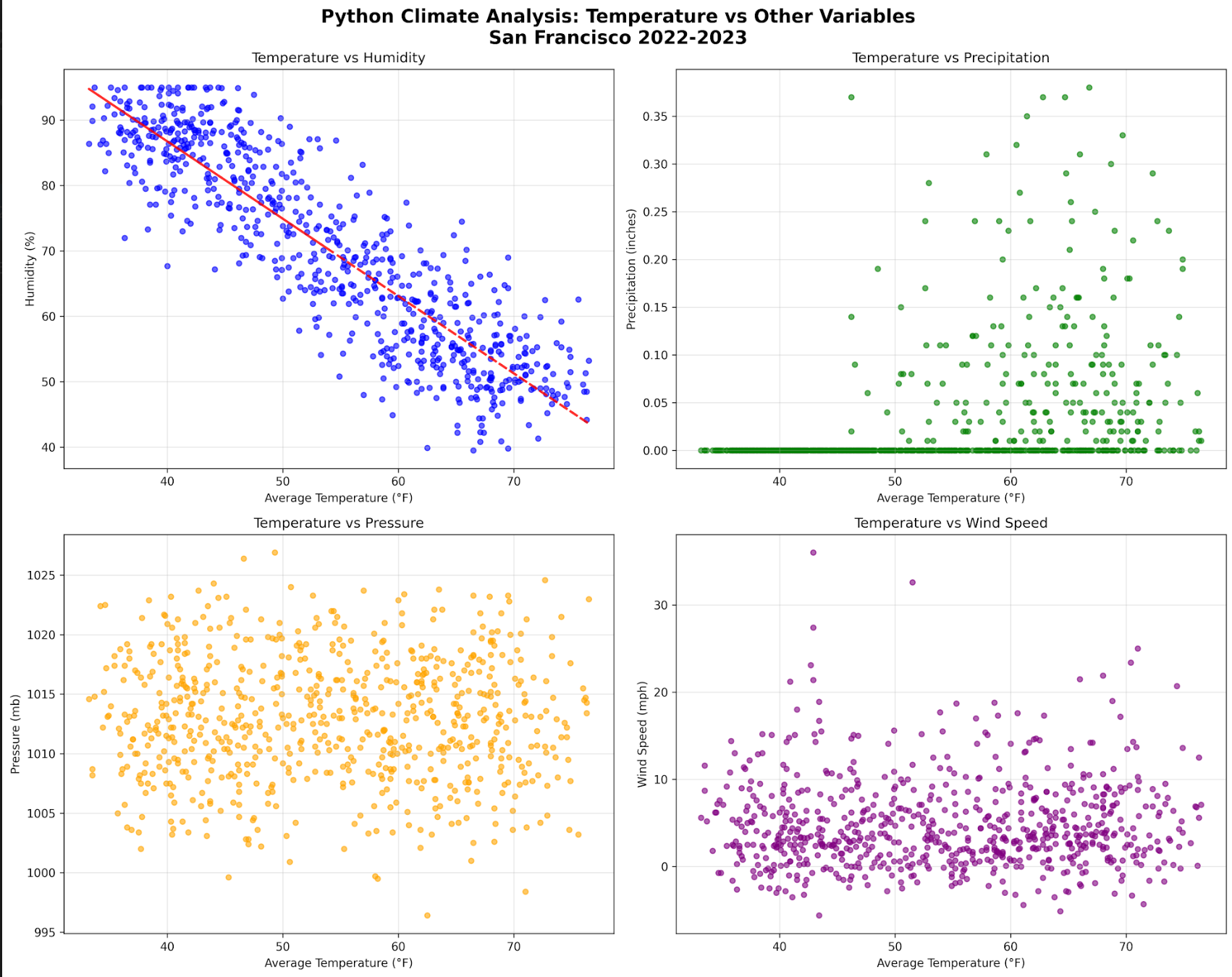
Mastering Git Hooks for Automated Code Quality Checks and CI/CD Efficiency
Automate code quality and streamline your CI/CD pipelines with Git hooks. This step-by-step tutorial shows full-stack developers, DevOps engineers, and team leads how to implement automated checks at the source — before bad code ever hits your repositories.
Dev Orbit
June 11, 2025
Introduction: The Silent Killers of Codebases — Inconsistent Code and Integration Failures
Every engineering leader dreads the same scenario:
A developer merges broken or poorly formatted code into the main branch. CI/CD pipelines fail, hotfixes delay deployments, and technical debt silently piles up.
Even with best intentions, manual code reviews can't catch everything. Developers forget to run linters, skip tests in a hurry, or unknowingly commit large files. Over time, these small mistakes snowball into major maintenance nightmares.
👉 Big Promise:
What if you could automatically enforce code quality and catch integration issues before they even hit your CI/CD pipelines — without slowing down your team?
That's where Git hooks come into play.
What Are Git Hooks? — The Code Guardians You’re Not Using Enough
Git hooks are built-in automation triggers in Git that fire during specific events in your development workflow. Think of them as highly customizable pre-flight checks or gatekeepers for your codebase.
🔧 The Analogy
Imagine you're boarding a flight.
Before takeoff, multiple checks happen: ticket scan, baggage weight, security screening.
Git hooks serve a similar role for your code: automated pre-boarding checks before code flies into your repository.
Core Git Hook Events:
Hook Type | When It Runs | Common Use Cases |
|---|---|---|
| Before committing code | Linting, formatting, running tests |
| After commit message is written | Enforcing commit message conventions |
| Before pushing to remote | Running test suites, build validation |
| On server-side before accepting push | Enforcing policies in central repo |
| After merging branches | Rebuilding dependencies |
📌 Insight:
Client-side hooks (pre-commit, commit-msg, pre-push) are highly effective for enforcing code quality at the developer's machine. Server-side hooks control what enters the remote repository.
Why Use Git Hooks for Code Quality & CI/CD Automation?
Here’s why engineering teams increasingly adopt Git hooks:
✅ Shift Left Testing: Catch bugs earlier.
✅ Consistent Formatting: Auto-fix linting issues before commit.
✅ Improved CI/CD Success Rates: Fewer broken builds.
✅ Reduced Technical Debt: Enforce rules continuously.
✅ Higher Developer Productivity: Developers focus on logic, not formatting.
⚠️ Without Git Hooks:
Inconsistent code style across the team
Unverified commits hitting main branch
Broken builds trigger urgent fixes
CI pipelines overloaded with easily preventable failures
Full Git Hook Setup — From Basics to Production-Ready
We’ll go step-by-step with real-world tooling that teams actually use at scale.
✅ Option 1: Native Git Hooks (quick but limited)
By default, Git creates a .git/hooks/ directory:
cd .git/hooks
lsYou’ll see example hook scripts like pre-commit.sample. You can write shell scripts directly here:
#!/bin/sh
npm run lint && npm testProblem: Native hooks aren't version-controlled or portable across the team.
✅ Option 2: Version-Controlled Hooks (recommended)
Tell Git to load hooks from a versioned directory:
mkdir .githooks
git config core.hooksPath .githooksNow your hooks can live inside .githooks/ and be shared via Git.
✅ Option 3: Using Husky + lint-staged (most popular for JS/TS)
Install dependencies:
npm install --save-dev husky lint-staged
npx husky installAdd Husky hook:
npx husky add .husky/pre-commit "npx lint-staged"Configure lint-staged in package.json:
"lint-staged": {
"*.js": ["eslint --fix", "prettier --write"]
}✅ This ensures only staged files are checked, keeping hooks lightning fast.
✅ Option 4: Cross-language with pre-commit Framework
Install pre-commit:
pip install pre-commit
pre-commit installCreate .pre-commit-config.yaml:
repos:
- repo: https://github.com/pre-commit/pre-commit-hooks
rev: v4.4.0
hooks:
- id: trailing-whitespace
- id: end-of-file-fixer
- repo: https://github.com/pre-commit/mirrors-prettier
rev: v2.8.0
hooks:
- id: prettier
- repo: https://github.com/mirrors-eslint
rev: v8.50.0
hooks:
- id: eslint
- repo: local
hooks:
- id: unit-tests
name: Run unit tests
entry: npm test
language: system
always_run: trueInstall hooks:
pre-commit install
pre-commit autoupdate✅ Pre-commit works for Python, Go, Rust, JS, monorepos — highly scalable for diverse teams.

Description: Diagram showing Git lifecycle (working directory ➔ staging ➔ commit ➔ push ➔ CI/CD ➔ deploy), highlighting where Git hooks (pre-commit, pre-push, commit-msg) apply.
Real-World Case Study — Git Hooks in Action
Scenario: SaaS Startup, 15 Developers
Problem:
Broken builds
Unformatted code in main branch
Critical failures caught late
Solution Stack:
✅
pre-commit: Lint, prettier, unit tests✅
pre-push: Contract tests & secret scanning✅
pre-receive: Large file blocking & server-side policies
Results (after 3 months):
Metric | Before | After |
|---|---|---|
Build Failures | 12/mo | 1-2/mo |
Merge Conflicts | Frequent | Rare |
Hotfixes | 6/mo | 1/mo |
Deployment Speed | 2 hrs avg | 30 min avg |

Description: Bar chart comparing build failures and deployment speed before vs after Git hooks adoption.
Advanced Git Hook Use Cases
🔐 Secret Detection Hooks
Prevent leaked keys:
- repo: https://github.com/zricethezav/gitleaks
rev: v8.17.0
hooks:
- id: gitleaks🚫 Large File Blocking
Block huge binaries:
- repo: https://github.com/pre-commit/pre-commit-hooks
rev: v4.4.0
hooks:
- id: check-added-large-files🖥 Server-Side Hooks for Compliance
Inside .git/hooks/pre-receive (on your Git server):
#!/bin/sh
while read oldrev newrev refname
do
# Custom enforcement logic
done⚠️ Server-side hooks require Git admin privileges.
✨ Enforce Conventional Commits
With Husky:
npx husky add .husky/commit-msg 'npx commitlint --edit $1'✅ Keeps commit history clean for semantic releases.
Common Pitfalls to Avoid
⚠ Avoid long-running jobs in pre-commit.
✅ Heavy tests belong in pre-push or CI stages.
⚠ Don’t assume all devs have the same OS — use cross-platform tools likepre-commit.
✅ Always document hook install steps clearly in your README.
The Bottom Line: Git Hooks = Shift Left Automation
By introducing Git hooks into your engineering process:
✅ You catch bugs earlier.
✅ You reduce noisy CI failures.
✅ You standardize code quality across your entire team.
✅ You free up developer time for what actually matters — building features.
Next step:
Start simple. Add a pre-commit hook today. You’ll immediately see fewer pull request comments, fewer CI failures, and a much happier dev team.
Conclusion
Git hooks are one of the most underutilized productivity weapons in modern development teams. With minimal setup, you can:
Improve code quality.
Reduce broken builds.
Catch bugs earlier.
Free up CI/CD resources.
Increase developer trust and confidence.
🔗 Related Resources:
💬 Found this useful?
🔁 Share with your dev team.

Enjoyed this article?
Subscribe to our newsletter and never miss out on new articles and updates.
More from Dev Orbit

Handling File Uploads Using Multer In Node Js Express
Web developers must understand how to handle file uploads in the fast-changing world of web development. Multer in Node.js is a robust solution for this task. This article explores Multer features, installation process, advanced functionalities and best practices for seamless integration with Express.

Event-Driven Architecture in Node.js
Event Driven Architecture (EDA) has emerged as a powerful paradigm for building scalable, responsive, and loosely coupled systems. In Node.js, EDA plays a pivotal role, leveraging its asynchronous nature and event-driven capabilities to create efficient and robust applications. Let’s delve into the intricacies of Event-Driven Architecture in Node.js exploring its core concepts, benefits, and practical examples.

AI Is Reshaping Jobs — and That Could Hit You Hard
As artificial intelligence continues to evolve, its impact on the job market is growing more profound each day. In this article, we will explore how AI technologies like GPT-5 are transforming various industries, the potential risks for workers, and actionable steps to navigate this changing landscape. From automation to the creation of new job roles, we will offer insights that every professional should be aware of to remain competitive in the era of AI.

Tamron 16–30mm F/2.8 Di III VXD G2 for Sony E-Mount Listed for Pre-Order on Amazon US
Discover the latest offering in wide-angle photography with the Tamron 16–30mm F/2.8 Di III VXD G2 lens for Sony E-Mount, now available for pre-order on Amazon US. This article delves deep into its specifications, unique features and its potential impact on your photographic journey. From its advanced optical design to performance benchmarks, we’ll explore everything that makes this lens a must-have for both amateur and professional photographers.

How to Build an App Like SpicyChat AI: A Complete Video Chat Platform Guide
Are you intrigued by the concept of creating your own video chat platform like SpicyChat AI? In this comprehensive guide, we will walk you through the essentials of building a robust app that not only facilitates seamless video communication but also leverages cutting-edge technology such as artificial intelligence. By the end of this post, you'll have a clear roadmap to make your video chat application a reality, incorporating intriguing features that enhance user experience.

Python vs R vs SQL: Choosing Your Climate Data Stack
Delve into the intricacies of data analysis within climate science by exploring the comparative strengths of Python, R and SQL. This article will guide you through selecting the right tools for your climate data needs, ensuring efficient handling of complex datasets.
Releted Blogs

10 Powerful Tips for Efficient Database Management: SQL and NoSQL Integration in Node.js
Streamline your Node.js backend by mastering the integration of SQL and NoSQL databases—these 10 practical tips will help you write cleaner, faster and more scalable data operations.

Avoid These Common Node.js Backend Development Mistakes
Introduce the significance of Node.js in backend development and how its popularity has led to an array of common mistakes that developers might overlook.

Top AI Tools to Skyrocket Your Team’s Productivity in 2025
As we embrace a new era of technology, the reliance on Artificial Intelligence (AI) is becoming paramount for teams aiming for high productivity. This blog will dive into the top-tier AI tools anticipated for 2025, empowering your team to automate mundane tasks, streamline workflows, and unleash their creativity. Read on to discover how these innovations can revolutionize your workplace and maximize efficiency.

From Autocompletion to Agentic Reasoning: The Evolution of AI Code Assistants
Discover how AI code assistants have progressed from simple autocompletion tools to highly sophisticated systems capable of agentic reasoning. This article explores the innovations driving this transformation and what it means for developers and technical teams alike.

Data Validation in Machine Learning Pipelines: Catching Bad Data Before It Breaks Your Model
In the rapidly evolving landscape of machine learning, ensuring data quality is paramount. Data validation acts as a safeguard, helping data scientists and engineers catch errors before they compromise model performance. This article delves into the importance of data validation, various techniques to implement it, and best practices for creating robust machine learning pipelines. We will explore real-world case studies, industry trends, and practical advice to enhance your understanding and implementation of data validation.

Why Most People Waste Their AI Prompts ? How to Fix It...
In the current landscape of AI technology, many users struggle with crafting effective prompts. This article explores common pitfalls and offers actionable strategies to unlock the true potential of AI tools like GPT-5.
Have a story to tell?
Join our community of writers and share your insights with the world.
Start Writing